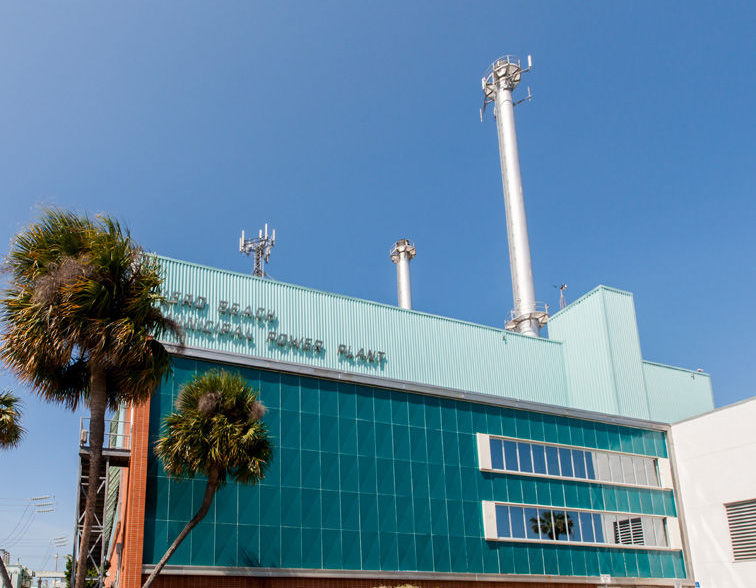
A much-anticipated Vero electric rate sufficiency study is out and the bad news is that Vero’s reliability is “trending down” and the power system needs more than $14 million in improvements over the next five years, plus more staff to run the utility.
The good news is City Manager Jim O’Connor thinks the city can do all that without raising rates – but the city might need to borrow money.
Consultants Power Services presented the study results to the city’s Utilities Commission last week, along with a five-year plan to catch up on new equipment and components that Vero put off buying when managers thought the utility would soon be sold to Florida Power & Light.
Now, O’Connor said, the city needs to return to managing the utility as “a going concern,” meaning that ratepayers will foot the bill for capital improvements designed to last years or even decades.
One aspect of the system that increasingly tends to fail is the underground cable system that exists on the barrier island and in certain other neighborhoods.
Consultants explained that back when Vero put its lines underground, it was not customary to house them in conduit. That’s the practice now, but the old buried lines were unprotected and have begun to fail on a regular basis.
Vero’s typical outage time in 2012 was 57 to 58 minutes, but in 2014 that same typical outage time was 62 to 111 minutes. There’s no one reason for outages; they are due to a variety of breakdowns in the transmission and distribution system – things that have been patched together or replaced as they broke over the years, instead of being replaced.
“Over the next five years, $14 million is an achievable number,” O’Connor said. “I think we can do that within the rate structure that we currently have.”
The $14 million is above and beyond what the city would pay to decommission Big Blue and re-house or move the substation off the riverfront.
With regard to staffing, Power Services looked at similar electric systems across Florida and Vero had the highest number of customers per transmission and distribution employee, with 756 customers per employee.
The range in other utilities was 250 customers per employee to 614 customers per employee.



